Photos for Volume 3
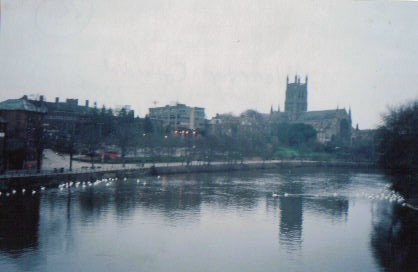 |
|
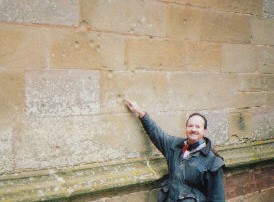 |
| Worcester
Cathedral whose tower was one of two Royalist lookouts
during the 1651 Battle of Worcester, England, Dec. 08. (See
Volume 3 Dedication & Sermon.) |
|
Powitch Church
whose tower was one of two Royalist lookouts during the
Battle of Worcester. Gavin pointing to bullet marks from
Roundhead fire. Dec. 08.
|
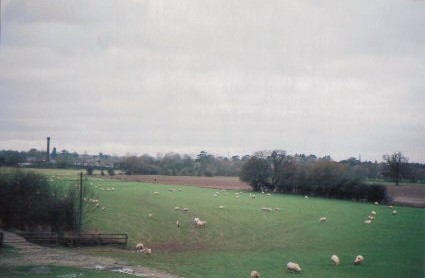 |
|
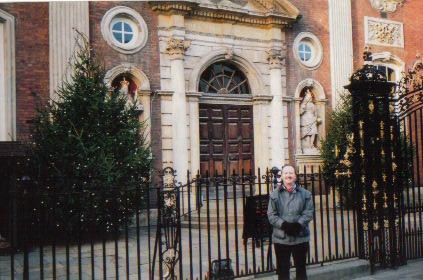 |
Sheep now quietly
graze on the old Worcester battlefield. Christmas Day, 2008.
|
|
Gavin at Worcester
Guildhall with statues of Charles I (left) and Charles II
(right); decorated with oak leaves on Oak Apple Day (29
May), and Christmas decorations at Christmas reminding us
Interregnum Puritan Ordinances tried to stop Christmas.
Christmas time, 2008.
|
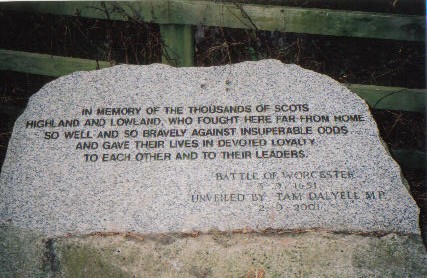 |
|
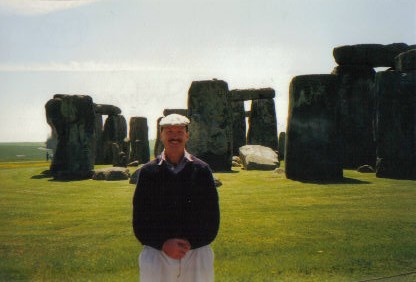 |
| 350th anniversary
(1651-2001) Worcester Battlefield tablet. |
|
Gavin at
Stonehenge, England, Salisbury trip on & around Royal Oak
Day 2001. After the Battle of Worcester, Charles II stayed
at Salisbury & inspected Stonehenge, en route to his escape
ship departing from Dover to France.
|
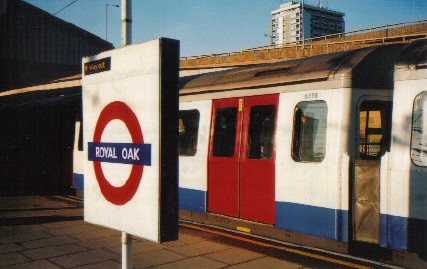 |
|
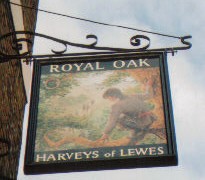 |
Royal Oak Tube
Station, London, Dec. 08.
|
|
Charles II looking
at Roundheads from the oak tree, Royal Oak Hotel &
Restaurant, Tabbard St., London, Jan. 09. (See Volume 3
Dedication & Sermon.)
|
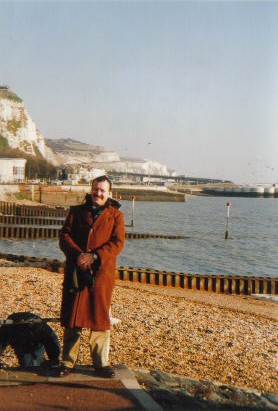 |
|
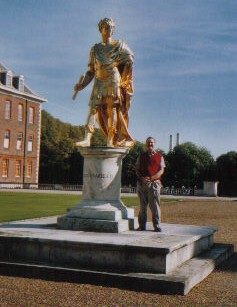 |
| Gavin in front of
the white cliffs of Dover, England, Jan. 2002. Charles II’s
return ship landed at Dover in 1660. |
|
Gavin in Oct. 2008
at London’s Royal Chelsea Hospital 1682 statue of Charles
II; regilded for the Golden Jubilee of Queen Elizabeth II in
2002. This old soldier’s home founded by Charles II,
annually celebrates Oak Apple Day on the 1st / 2nd Thursday
in June with a military Parade; usually Reviewed by a member
of the Royal Family. On Royal Oak Day this statue is decked
in oak leaves, and as in other places on Oak Apple Day,
participants wear sprigs of oak. (See Volume 3 Dedication &
Sermon.)
|
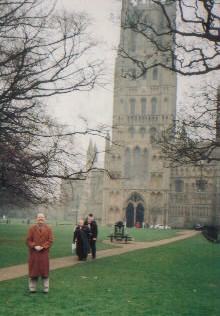 |
|
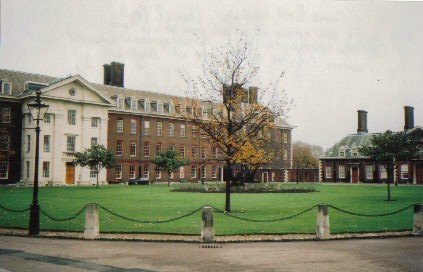 |
Gavin at Ely
Cathedral, England, Dec. 08. Under the tyranny of the
illegal Solemn League and Covenant, 14 January 1644 was the
first Sunday set by the Puritan regime for its closure; and
King James Bible translator John Boyce was a Prebendary of
Ely. He knew on that coming Sunday the Puritan regime would
shut tight the doors of Ely Cathedral to Anglicans, and
under this stress, on that same day, he did lay down, and die;
and his soul was carried by the angels to God and his
heavenly rest.
|
|
Picture of College
Court, Royal Chelsea Hospital, Nov. 2008. KJV translator,
Daniel Featly, a holy confessor was persecuted by Puritans
for being a Royalist Anglican. After a Puritan attempt to
kill him, & imprisonment, when very ill he was released on
bail & lived here just before his 1645 death at what was
then Chelsea College. (See Volume 3 Dedication & Sermon.)
|
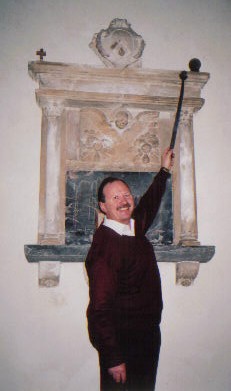 |
|
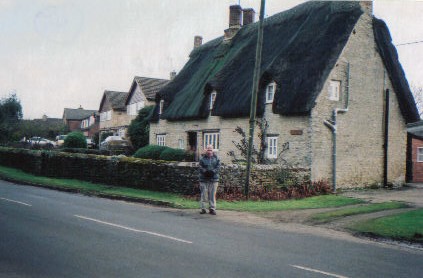 |
Gavin pointing to
a civil war canon ball in St. John Baptist’s Anglican Church
at Membury (near Axminster), England, Dec. 08. From the
tower of this church, a large oak bough is annually hung on
Oak Apple Day, and villagers gather in 1660s costume dress
for a parade, in which one villager, dressed as Charles II,
gives a speech.
|
|
Gavin in front of
“Cromwell House,” Dec. 08, where according to local
tradition Oliver Cromwell stayed after he threw up siege
works (still visible) and assaulted Marsh Gibbon in
Oxfordshire. A church service has been held on Oak Apple Day
in the local Anglican Church of St. Mary’s, in unbroken
tradition since the 1660s.
|
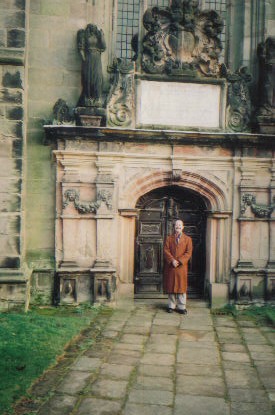 |
|
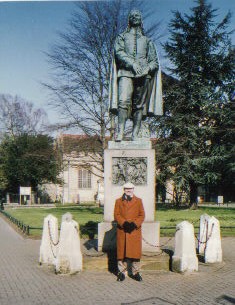 |
Gavin at Staunton
Harold, Leicestershire, England. Interregnum built 1653
Anglican Church, whose inscription over door says it was
built “when all things sacred were throughout this nation
either demolished or profaned.” Dec. 08 Leicestershire is
centred around Leicester where in 1645 the unconverted
Roundhead soldier, John Bunyan, witnessed the Royalist
Cavaliers liberate Leicester from republican Roundheads.
|
|
Gavin at statue of
Pilgrim’s Progress author, John Bunyan, Bedford (Feb. 2003).
Both before and after his conversion between 1650-55, he was
seemingly complacent about the denial of religious freedom
to Anglicans from 1643 to 1660 under the Solemn League and
Covenant; although after the Restoration, he was one of
those Puritans who were in turn tragically denied religious
freedom till 1689. |
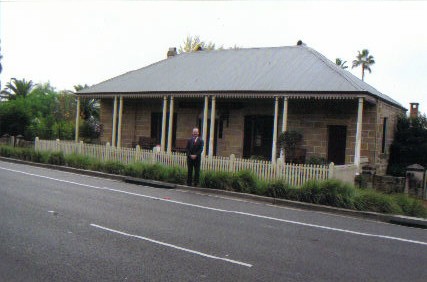 |
|
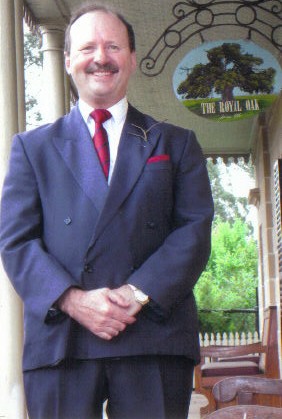 |
The Royal Oak
Grill restaurant at Rouse Hill, Sydney, Australia. The
“Royal Oak” is remembered in the names of various places,
ships, & streets. (See Volume 3 Dedication.)
|
|
Gavin with tie of
London’s Royal Chelsea, at the Royal Oak restaurant, Rouse
Hill, Sat. 29 May 2010, 350th anniversary of the 1660
Restoration. In his lapel an oak twig from the Royal Kew
Gardens in London, the source for Oak Apple Day fig leaves
for the London Parade held at the Royal Chelsea, on the 1st
/ 2nd Thursday in June.
|
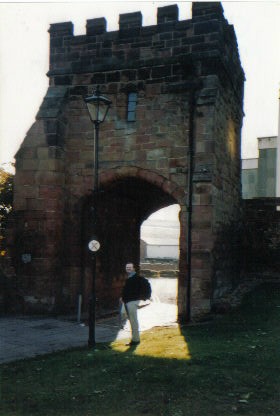 |
|
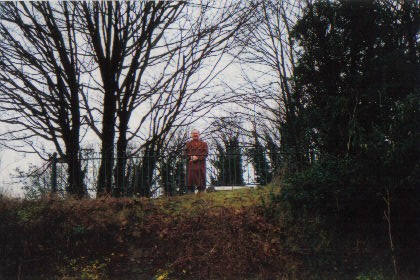 |
“Backpacker” Gavin
with his backpack on at Cook Street Gate, one of two
remaining city gates, Coventry, Oct. 2003. Charles I &
Cavaliers were denied their right of admission to Coventry
in 1642, & in 1662 Charles II ordered the city walls
demolished.
|
|
The remaining
Castle Mound of Northampton Castle, Jan. 2009. Held by
republican Roundheads it was disloyal in the civil war, and
in 1662 it was razed by order of Charles II. The area behind
Gavin drops into a recess, used by “him that pisseth against
the wall” (I Kgs 14:10). … Such is the ending of the
Roundhead’s Castle!
|
 |
|
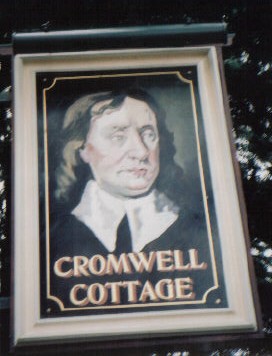 |
Oak Apple Day or
Royal Oak Day or The King’s Restoration Day celebrations are
held on 29 May in Northampshire, England; and an industrial
estate there is also named, “Royal Oak.” Picture of King
Charles II in the oak tree, Royal Oak Hotel, Flore,
Northampshire, Jan. 2009.
|
|
A picture of the
decrepit megalomaniac revolutionary Puritan republican
murderer, Oliver Cromwell. Cromwell Cottage (restaurant),
Northampshire, England, Jan. 2009.
|
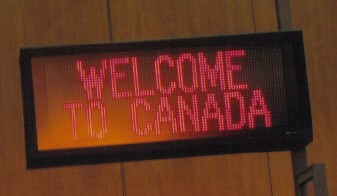 |
|
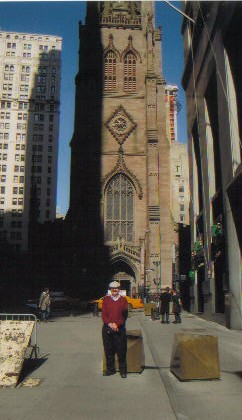 |
Leaving the old
world under the Crown in London, on an “Air Canada” flight
Gavin enters the new world of the Americas under the Crown
at Montreal. March 2009.
|
|
Gavin in Wall
Street, New York, USA, in March 2009, with Trinity Anglican
Church in the background where the royalist Charles Inglis
was Rector. He was forced out of town by republicans &
George III made him Bishop of Novia Scotia in Canada in
1787. (See Volume 3 Dedication & Sermon.)
|
 |
|
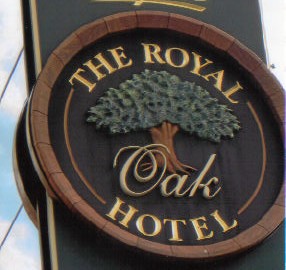 |
By one tradition
(at Castleton, England), Royal Oak Day is on 28 May if 29
May is a Sunday. Cessnock in rural New South Wales (near
Newcastle) is part of the Hunter Valley which is a major
wine growing region of Australia. Sat. 28 May 2011.
|
|
The Royal Oak
Hotel & Restaurant at Cessnock uses as its logo the Royal
Oak. Sat. 28 May 2011. (See Volume 3 Dedication & Sermon.)
|
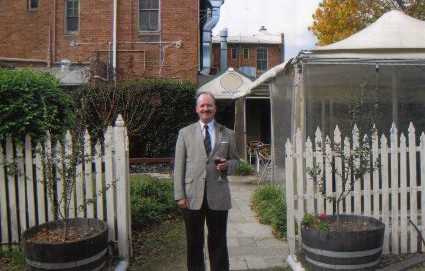 |
|
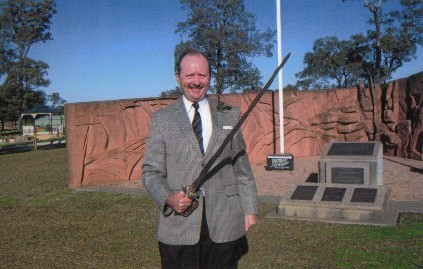 |
Gavin in the
courtyard garden of the Cessnock Royal Oak Restaurant for
lunch, standing between two potted oaks, with a glass of red
wine in his hand, and wearing oak leaves in his lapel for
Royal Oak Day. Sat. 28 May, 2011.
|
|
A sequel to the
1798 Irish Rebellion Vinegar Hill Battle occurred in the
1804 Vinegar Hill Battle in Sydney. At the Sydney Vinegar
Hill Memorial, Gavin with oak leaves in his lapel, holds a
sword of a matrilineal 4-times great grandfather, John
Brabyn, an army officer of the NSW Corps who held a pew at
St. Matthew’s Windsor, and was named by the Governor for his
role in putting down the 1804 rebellion. Royal Oak Day, Sat.
28 May 2011. (See Volume 3 Sermon.)
|
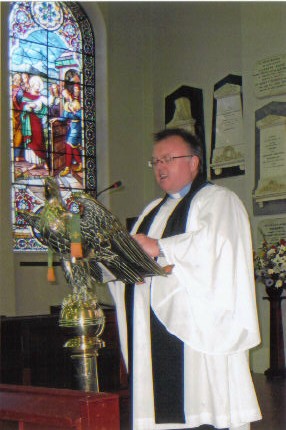 |
|
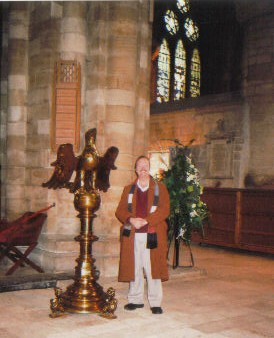 |
Rector of St.
Matthew’s Windsor (Aleks Pinter), at the Lectern at a 1662
Book of Common Prayer Service on King Charles I’s Day,
Sunday 30 Jan., 2011. Cranmer’s 1552 prayer book was taken
away by Papists under Bloody Mary, and revived as a symbol
of Protestantism in 1559; then made “illegal” under the
Puritan republic in 1645, and again revived in 1662. The
eagle lectern is the type Puritan republican revolutionaries
claimed were “idols” when in 1643 they vandalized one at
Peterborough Cathedral, England. In the background a
stained-glass window with the AV’s words “Follow me,”
depicts when “Matthew” “arose” from “the receipt of custom”
(Matt. 9:9), and reminds us Puritan Roundheads smashed
stained-glass windows at e.g., Winchester & Norwich
Cathedrals. The Minister is in a surplice, reminding us that
in “the surplice controversies,” Puritans stole Anglican
surplices from an Oxford University Chapel & profanely and
irreverently cast them into a toilet pit.
|
|
Gavin next to
replacement eagle lectern at Peterborough Cathedral, Dec.
2008.
|
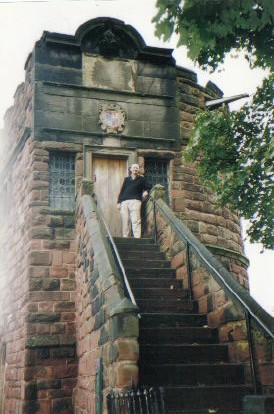 |
|
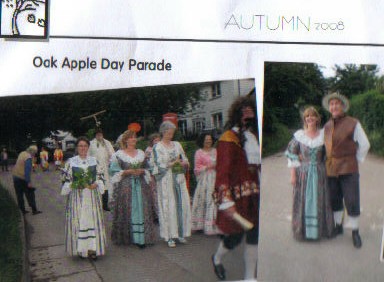 |
Gavin at King
Charles’ Tower, used by Charles I in the 1645 Battle of
Rowton Moor, Chester, England, Oct. 2003. (See Volume 3
Dedication.)
|
|
Oak Apple Day, 29
May 2008, Membury, England (The Membury Mercury, Autumn 2008
edition).
|
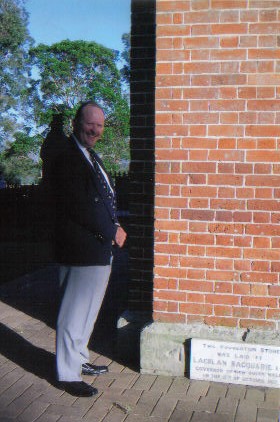 |
|
 |
The primary focus
of King Charles I’s Day is Charles I, & the secondary focus
is the Interregnum & Charles II. Gavin at St. Matthew’s
Windsor, Sydney, Australia, Sunday 30 Jan., Charles I’s Day,
2011, before one of its four annual 1662 BCP services.
Bottom right foundation stone laid by Governor Macquarie in
1817, the NSW representative of King George III (Regnal
Years: 1760-1820), “the king who won Australia & the king
who lost America.”
|
|
St. Matthew’s
Anglican Church Windsor in western Sydney, New South Wales,
on the occasion of one of four annual services at this
church from the Book of Common Prayer of 1662, Royal Oak
Day, 5th Sunday after Easter, 29 May 2011. (See Volume 3
Dedication.)
|
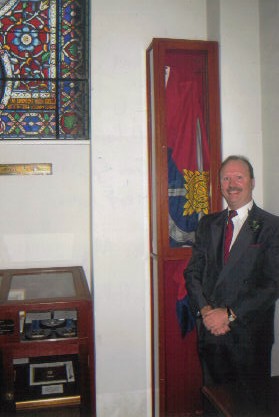 |
|
 |
The 1552 Edwardian
prayer book of the Marian martyr, Archbishop Thomas Cranmer
(d. 1556), was taken away by Papists because of its
Protestantism from 1553 to 1558, and revived as a symbol of
Protestantism in the 1559 Elizabethan prayer book; and
Cranmer’s Elizabethan & Jacobean prayer book of 1559 & 1604
was made “illegal” because of its Anglicanism under the
Puritan republic from 1645 to 1660, and revived as a symbol
of Anglican Protestantism in the 1662 Caroline prayer book.
Gavin with oak leaves in his lapel at St. Matthew’s Windsor,
Sunday 29 May 2011, before a church service from the 1662
Book of Common Prayer; in front of the Governor-General
banner of Lord Casey (Governor-General 1965-1969) in
north-east corner, the Federal representative of the Crown
in Australia.
|
|
Photo on south
wall of St. Matthew’s Windsor of Royal Visit to this Church
of Queen Elizabeth II with Duke of Edinburgh, the Bishop of
Parramatta – Bishop Begbie (far right), & Rector of St.
Matthew’s – Canon Rawson (far left), in 1970 - the
Bi-Centennial Year of Captain Cook’s discovery of eastern
Australia in 1770. 29 May 2011.
|
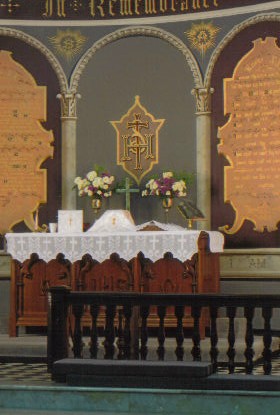 |
|
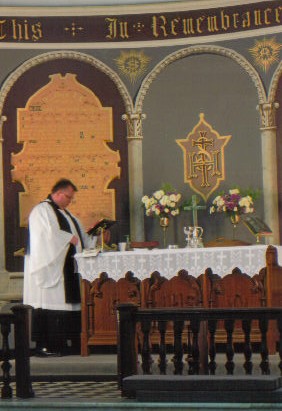 |
| Communion Table,
St. Matthew’s Windsor, Easter 5, Royal Oak Day, 29 May 2011.
The rubric of the 1662 prayer book refers to the Minister in
an eastward facing church “standing at the north side of the
Table” at The Communion Service, and from this “north side”
reference point at the consecration “standing before the
Table” and hence facing south so that his actions of
consecration in which he is to “break the bread” are “before
the people” i.e., they can be clearly seen by the people. By
contrast, the earlier practice of the priest standing in the
middle of the Communion Table with his back to the people
meant his actions were not “before the people.” Hence the
old Romish priests the middle of the so called ‘altar’
(which is in fact no ‘altar’ at all)” having so
turned their backs to the people at the Roman Mass, then
elevated or lifted up the bread in order for it to be
idolatrously adored by the congregation; |
|
In harmony with
the Biblical teaching of Cranmer’s Protestant prayer book of
1552 as preserved for us in the 1662 prayer book, there is
no so called ‘altar’ in the church, but rather a Table,
known by such names as, “The Lord’s Table” (I Cor. 10:21),
“the Table,” “the holy Table,” “the Chancel Table,” or “the
Communion Table. “The Table at the
Communion time having a fair white linen cloth upon it,” “in
the Chancel,” i.e., the area at the church’s east side
behind the Communion rail where Communicants kneel on the
cushions to receive Communion; & the Minister (Rev. Mr.
Aleks Pinter) “standing at the north side of the Table” (BCP
rubric), 29 May, 2011.
|
but this practice was done away with under Protestantism
since, “The Sacrament of the Lord’s Supper was not by
Christ’s ordinance … lifted up, or worshipped”, and “The
visible Church of Christ is a congregation of faithful men,
in the which the pure Word of God is preached, and the
Sacraments be duly administered according to Christ’s
ordinance …” (Articles 27 & 19, Anglican 39 Articles). For
“no adoration … ought to be done, either unto the
sacramental bread or wine … for that were idolatry to be
abhorred of all faithful Christians …” (Final Rubric,
Communion Service, 1662 Book of Common Prayer).
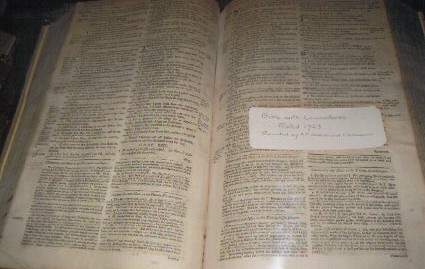 |
|
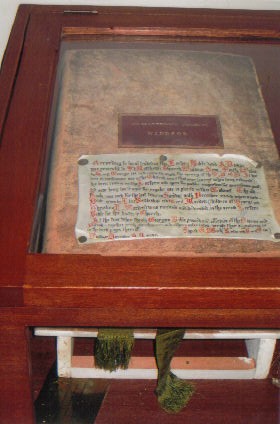 |
St. Matthew’s
Windsor display cabinet. Authorized Version of 1611 Georgian
Bible printed in 1763 under King George III (Regnal Years:
1760-1820), whose NSW Governor laid the church’s foundation
stone in 1817. Royal Oak Day, Sunday 29 May 2011.
|
|
St. Matthew’s
Windsor display cabinet. AV of 1611 Georgian Bible of 1821
sent by King George IV (Regnal Years: 1820-1830) under whose
reign the church was completed in 1821, & used as the pulpit
Bible till 1936. Royal Oak Day, Sunday 29 May 2011.
|
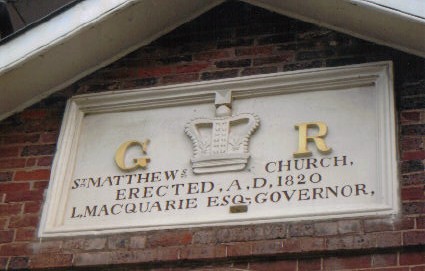 |
|
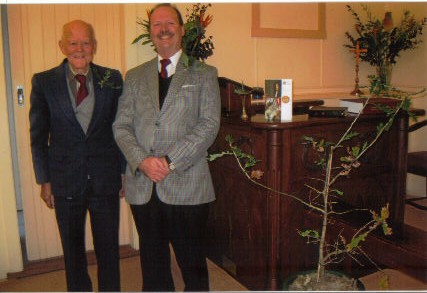 |
St. Matthew’s
Anglican Church Windsor in western Sydney, New South Wales,
was erected in 1820 with some finishing touches added in
1821, and is the oldest Anglican Church building in
Australia. Erected in 1820 in the reign of “GR” i.e., “G” =
“George” & “R” (Latin, Rex) = “King.” Sunday 29 May, Royal
Oak Day or The King’s Restoration Day, 2011.
|
|
G. Alex Neil (left),
a Free Presbyterian Elder (conducting service) & Gavin
(right) an Evangelical Anglican (preaching), Dedication of
Textual Commentaries Vol. 3 (Matt. 21-25), Mangrove Mountain
Union Church, N.S.W., Australia. On London Oak Apple Day
date of 1st / 2nd Thursday in June, on this tradition, Royal
Oak Day being in 2011 Thurs. 9 June. (See Volume 3
Dedication & Sermon.)
|
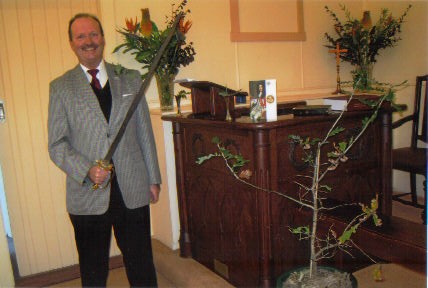 |
|
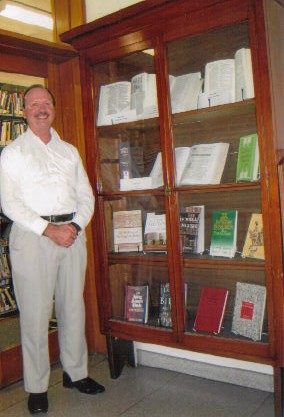 |
Gavin wearing tie
of London’s Royal Chelsea & in front of pulpit decorated
with oak leaves & one in his lapel with sword of a 4-times
great grandfather, John Brabyn, an army officer of the NSW
Corps who helped put down the 1804 Vinegar Hill
Rebellion in western Sydney, modelled on the 1798 Vinegar
Hill Irish Rebellion, modelled on the American Revolution of
1776. Royal Oak Day, Thurs. 9 June 2011.
|
|
Gavin in March
2011 at Display Cabinet of Moore Theological College Library
showing the “400th anniversary of the King James
translation” 1611-2011. (See Volume 3 Dedication.)
|
| |
|
|
|